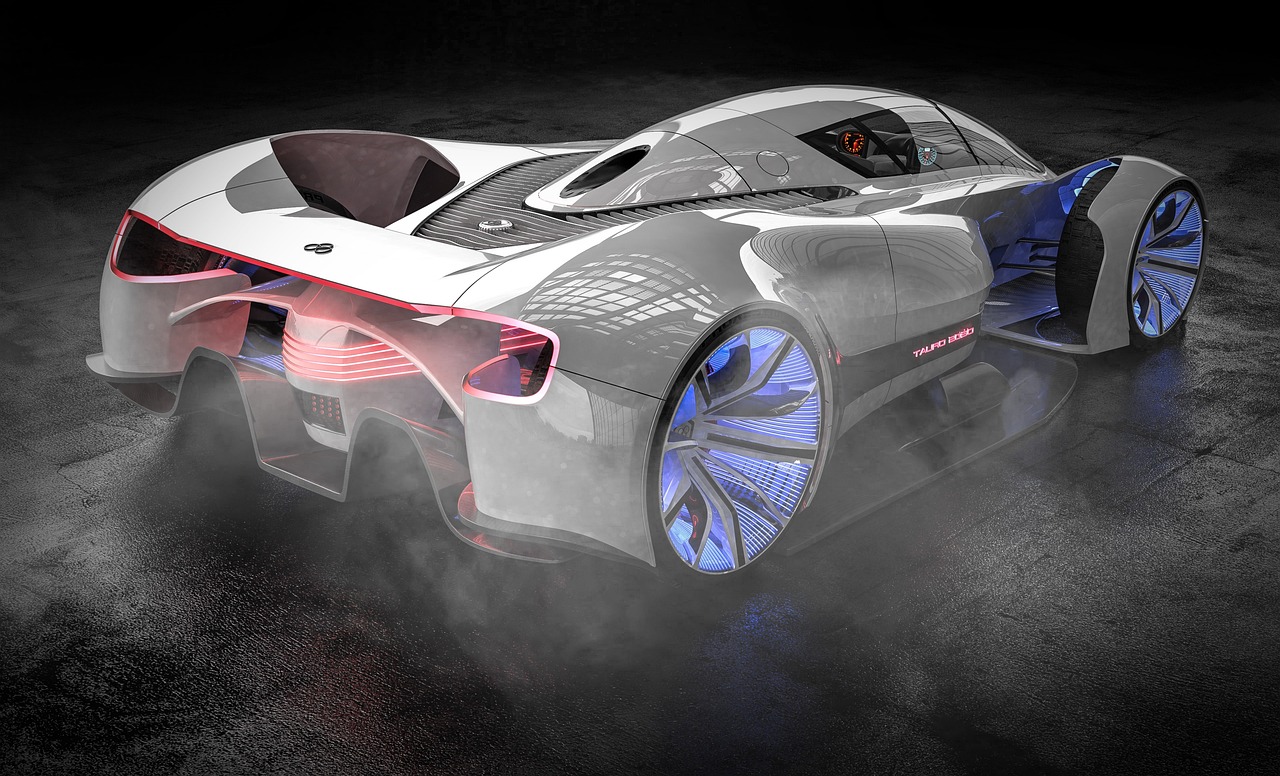The Evolution of Car Interiors: From Wood to Carbon Fiber
Car interiors have come a long way since the early days of automobiles. From simple wood paneling to high-tech carbon fiber, the evolution of car interiors has been nothing short of remarkable. In this article, we will explore the fascinating journey of how car interiors have evolved over time, from their humble beginnings to the sleek and modern designs we see today.
The Early Days: Wood Paneling
When automobiles were first introduced in the late 19th century, car interiors were often characterized by simple, utilitarian designs. Many early cars featured wood paneling on the interior, which was both stylish and practical. Wood was a popular choice for car interiors due to its durability and aesthetic appeal.
However, as cars became more popular and mass-produced, wood paneling fell out of favor in favor of more modern materials. The rise of steel and other metals in car manufacturing led to a shift away from wood interiors, paving the way for new and innovative materials to take center stage.
The Mid-20th Century: Vinyl and Leather
During the mid-20th century, car interiors underwent a significant transformation with the introduction of vinyl and leather materials. Vinyl became a popular choice for car interiors due to its affordability, durability, and easy maintenance. Vinyl was often used for seat covers, door panels, and dashboard trim.
Leather, on the other hand, became synonymous with luxury cars, offering a premium look and feel to car interiors. Many high-end vehicles featured leather seats, steering wheels, and gear shifters, giving drivers a sense of opulence and sophistication.
The Modern Era: Carbon Fiber and High-Tech Materials
In recent years, car interiors have continued to evolve with the introduction of high-tech materials such as carbon fiber, aluminum, and carbon composites. These materials are lightweight, durable, and highly customizable, making them ideal for modern car interiors.
Carbon fiber, in particular, has become a popular choice for car interiors due to its strength-to-weight ratio and futuristic aesthetic. Carbon fiber can be found in a variety of car components, including dashboards, trim panels, and center consoles, giving vehicles a sleek and high-tech look.
The Future of Car Interiors
As technology continues to advance, the future of car interiors looks bright. From interactive touchscreens and voice control systems to advanced safety features and ergonomic designs, the possibilities are endless. Car manufacturers are constantly innovating and pushing the boundaries of car interior design, creating a more comfortable, connected, and enjoyable driving experience for consumers.
With the rise of electric vehicles and autonomous driving technology, car interiors are set to undergo another revolution in the coming years. From modular seating arrangements to augmented reality displays, the future of car interiors is sure to be exciting and revolutionary.
Conclusion
The evolution of car interiors from wood to carbon fiber has been a fascinating journey. From the simple elegance of wood paneling to the high-tech luxury of carbon fiber, car interiors have come a long way in a relatively short period of time. As technology continues to advance and consumer preferences evolve, car interiors will continue to push the boundaries of design and innovation. The future of car interiors is bright, and we can’t wait to see what comes next!
FAQs
Q: What are the benefits of carbon fiber in car interiors?
A: Carbon fiber is lightweight, durable, and highly customizable, making it an ideal material for car interiors. It offers a sleek and modern aesthetic, as well as a high strength-to-weight ratio.
Q: What are some upcoming trends in car interior design?
A: Some upcoming trends in car interior design include interactive touchscreens, voice control systems, augmented reality displays, and modular seating arrangements.
Q: How have consumer preferences influenced the evolution of car interiors?
A: Consumer preferences play a significant role in shaping the evolution of car interiors. As consumers demand more high-tech features, safety enhancements, and comfort options, car manufacturers are working to meet these needs and create a more connected and enjoyable driving experience.







